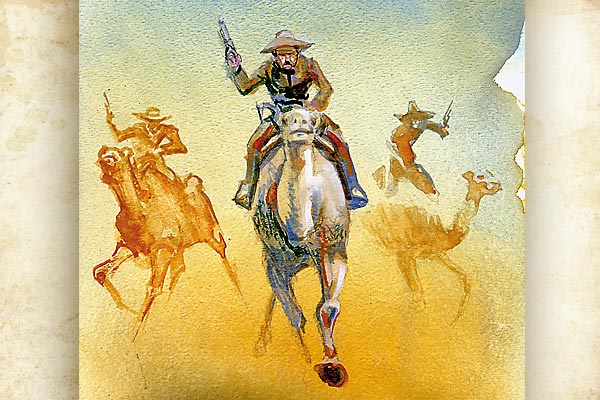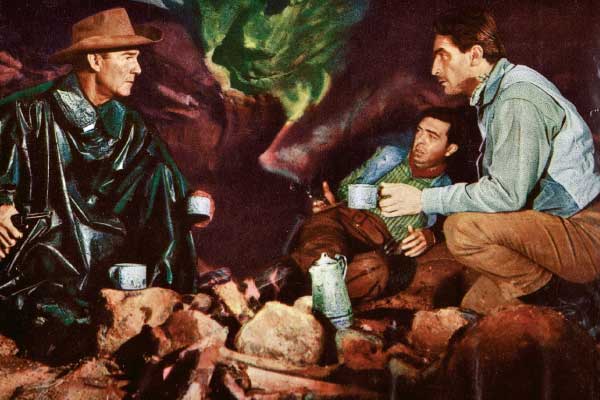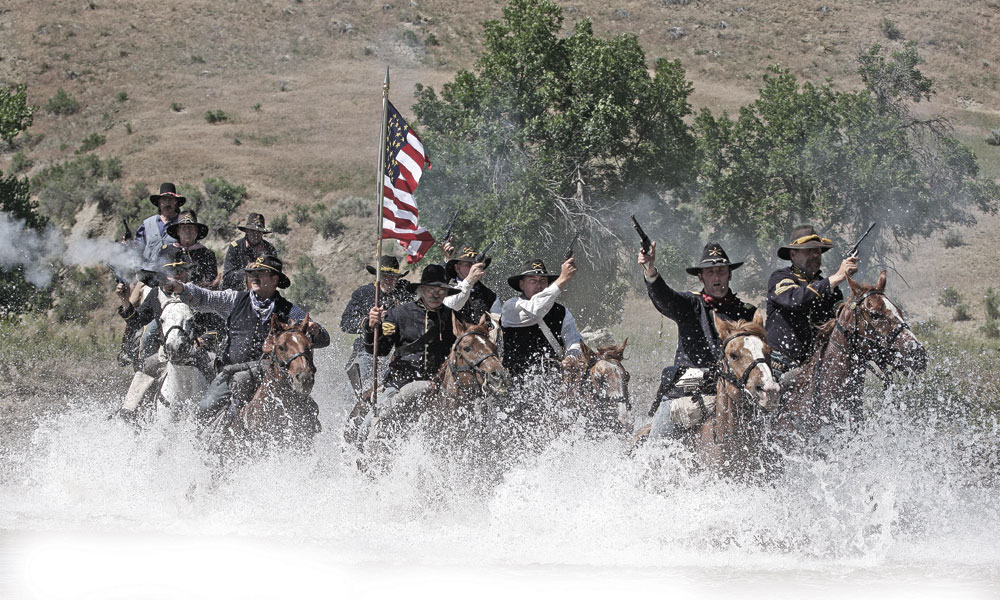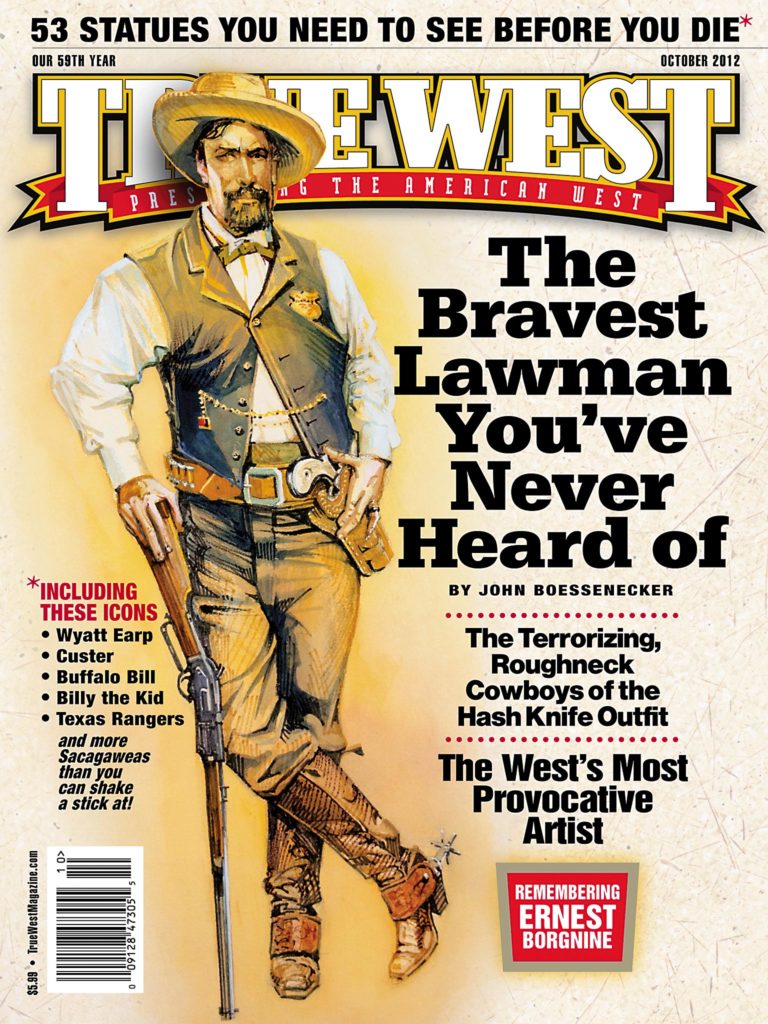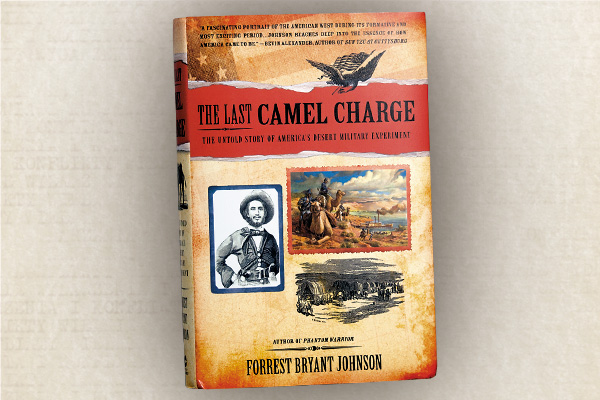 Forrest Bryant Johnson’s new book, The Last Camel Charge: The Untold Story of America’s Desert Military Experiment, is a fascinating story, telling aspects of the American West that most of us know little about.
Forrest Bryant Johnson’s new book, The Last Camel Charge: The Untold Story of America’s Desert Military Experiment, is a fascinating story, telling aspects of the American West that most of us know little about.
We know a bit about the camel experiment, the Mormon Mountain Meadows Massacre, migrations west, the Colorado River and a few Indian problems in the Arizona and California deserts. Johnson weaves these into one well-researched, fast-paced narrative of 1850s America. A Western history addict will be able to glimpse at what’s happening about the same time (1857-58) hundreds of miles apart in Arizona, Utah, California and even Washington D.C. What a pleasure!
Having studied and written about the Mojave River Trail and the Mojave Desert for more than 50 years, I know some of the contents of this history. From Johnson’s book, however, I learned more and found myself taking notes on his primary sources. His photos are also excellently chosen. His only fault: no index (which I can overlook). Although he doesn’t call it an appendix, Johnson ends the book with 11 pages of what happened to many of the participants, such as Edward F. Beale, a naval officer who brought camels across the desert, and Lt. Maj. Lewis Armistead, who renamed Camp Colorado as Fort Mojave and later died in Pickett’s charge at Gettysburg, ironically defended by Gen. Winfield Scott Hancock, his former Army friend.
—Clifford J. Walker, author of Gone the Way of the Earth: Indian Slave Trade in the Old Southwest


